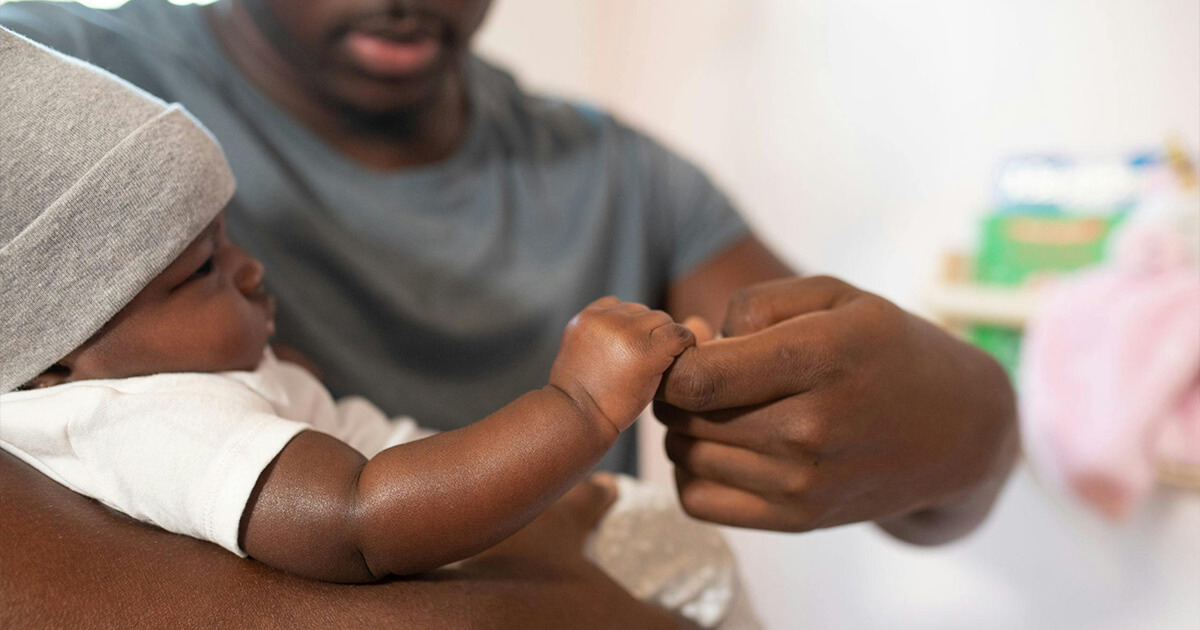Newborn Care Guide
A Comprehensive Resource for New Parents
Bringing a newborn home is an exciting and sometimes overwhelming experience. This comprehensive guide covers the essentials of newborn care, including feeding, sleep, hygiene, and health.
With step-by-step visuals, essential tips and best practices highlighted, and links to additional resources, you’ll have all the information you need to care for your newborn.
Feeding
Comprehensive Feeding Guide:
- Breastfeeding:
- Frequency: Feed your newborn every 2-3 hours.
- Latching: Ensure your baby latches correctly to prevent soreness and ensure sufficient milk intake.
- Hydration: Drink plenty of water to maintain your milk supply.
- Tips:
- Hold your baby close with their tummy against your body.
- Align their nose with your nipple to encourage a proper latch.
- Formula Feeding:
- Preparation: Follow the instructions on the formula package carefully.
- Storage: Store the prepared formula in the refrigerator and use it within 24 hours.
- Feeding Schedule: Feed your baby on demand, typically every 3-4 hours.
- Tips:
- Use freshly boiled and cooled water to prepare the formula.
- Always check the temperature of the formula before feeding.
Visual Chart for Feeding Schedule:
| Age (Months) | Feeding Type | Frequency | Notes |
|---|---|---|---|
| 0-3 | Breast/Formula | Every 2-3 hours | Ensure proper latch for breastfeeding |
| 4-6 | Breast/Formula + solids | Every 3-4 hours | Start introducing solids if ready |
Sleep
Comprehensive Sleep Guide:
- Safe Sleep Environment:
- Back to Sleep: Always place your baby on their back to sleep.
- Crib Safety: Use a firm mattress with a fitted sheet. Avoid soft bedding and toys.
- Room Temperature: Keep the room at a comfortable temperature (68-72°F).
- Tips:
- Use a sleep sack instead of blankets.
- Ensure the crib is in a smoke-free environment.
- Establishing a Routine:
- Consistency: Create a consistent bedtime routine, such as a warm bath, reading a book, and gentle rocking.
- Day and Night: Keep nights dark and quiet and days bright and active to help your baby distinguish between day and night.
- Tips:
- Start the bedtime routine at the same time each night.
- Limit stimulating activities before bedtime.
Visual Chart for Sleep Schedule:
| Age (Months) | Total Sleep (Hours) | Number of Naps | Notes |
|---|---|---|---|
| 0-3 | 14-17 | 3-5 | Night wakings for feeding |
| 4-6 | 12-16 | 3-4 | Establish a bedtime routine |
Hygiene
Comprehensive Hygiene Guide:
- Bathing:
- Frequency: Bathe your newborn 2-3 times a week.
- Safety: Use a baby bathtub with a non-slip surface and always support your baby’s head.
- Tips:
- Use lukewarm water and mild baby soap.
- Keep the umbilical cord stump dry until it falls off.
- Diapering:
- Frequency: Change diapers frequently to prevent rashes.
- Cleaning: Clean the diaper area with each change using wipes or a damp cloth.
- Tips:
- Apply a thin layer of diaper cream to prevent rashes.
- Allow your baby some diaper-free time to let the skin breathe.
Health
Comprehensive Health Guide:
- Regular Check-Ups:
- Well-Baby Visits: Schedule regular well-baby visits with your pediatrician to monitor growth and development.
- Vaccinations: Ensure your baby receives all recommended vaccinations on schedule.
- Tips:
- Keep a record of your baby’s immunizations.
- Discuss any concerns with your pediatrician during visits.
- (Sources: Centers for Disease Control and Prevention (CDC), American Academy of Pediatrics)
- Hygiene and Care:
- Bathing: Bathe your newborn 2-3 times a week, keeping the umbilical cord stump dry until it falls off.
- Diapering: Change diapers frequently to prevent rashes, and clean the diaper area with each change.
- Tips:
- Use mild baby soap and lukewarm water for baths.
- Apply a thin layer of diaper cream to prevent rashes.
- (Sources: HealthyChildren.org, Mayo Clinic)
Visual Chart for Health Check-Ups:
| Age (Months) | Check-Up Focus | Notes |
|---|---|---|
| 0-1 | Initial health screening | Ensure newborn screenings are completed |
| 2-6 | Growth and developmental milestones | Monitor weight, length, head circumference |
Conclusion
Caring for a newborn can be daunting, but with the proper knowledge and resources, it becomes a rewarding experience. Use this comprehensive guide to ensure your baby receives the best care possible.
For further information please click the links below.
- (Sources: HealthyChildren.org, Mayo Clinic)
- (Sources: American Academy of Pediatrics, KidsHealth)
- (Sources: Centers for Disease Control and Prevention (CDC), American Academy of Pediatrics)
- (Sources: HealthyChildren.org, Mayo Clinic)
- (Sources: HealthyChildren.org, Mayo Clinic)
- (Sources: KidsHealth, American Academy of Pediatrics)









